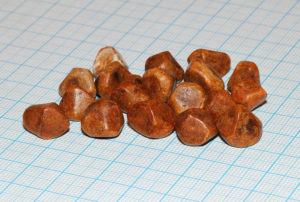Gallstone treatment
Usually, gallstones are treated by removing the gallbladder. Surgeons traditionally opted for an open cholecystectomy. Nowadays however, the procedure is performed laparoscopically (a laparoscopic cholecystectomy is carried out), which is much less invasive.
Laparoscopic cholecystectomy
This procedure involves making small incisions into the abdomen allowing surgical instruments, a light and a camera to be inserted. Observing his movements via a monitor, the surgeon removes the gallbladder. After the procedure, the patient must stay hospitalized for one night for observation.
Open cholecystectomy
An open cholecystectomy is a more invasive procedure where the surgeon makes an incision into the abdomen. Patients must stay hospitalized for several days after surgery.

